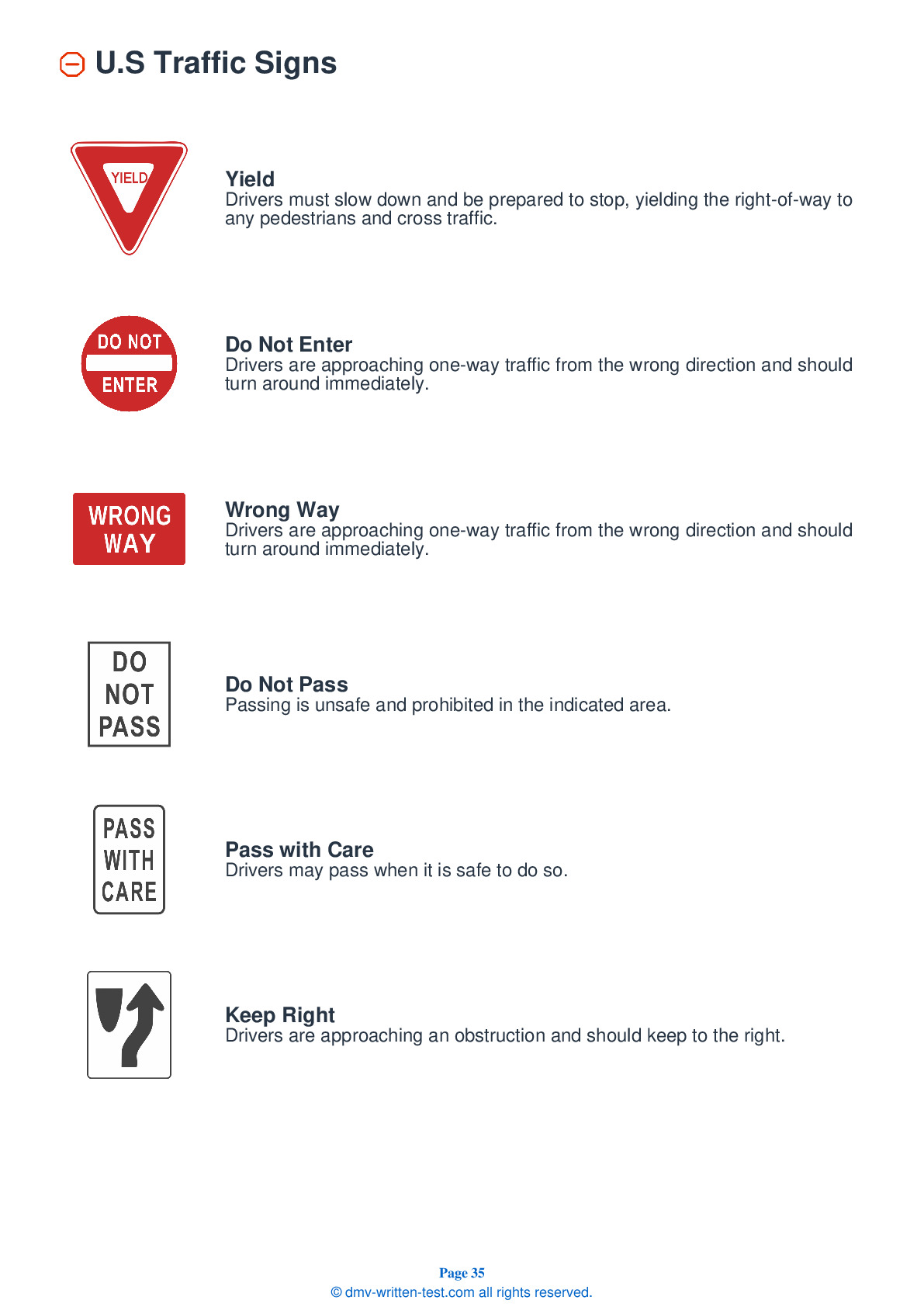2025 Alaska Motorcycle Permit Test 11
The following questions are from real DMV written motorcycle permit tests. These are some of the actual permit questions you will face in Alaska when getting your motorcycle learners permit. Each motorcycle theory practice test question has three answer choices. Select one answer for each question and select "grade this section." You can find this button at the bottom of the drivers license quiz. For a complete list of questions and answers for Alaska please visit https://cheat-sheets.dmv-written-test.com/en/alaska/motorcycle.
Number of Tests
Number of Question
Passing Score
1. When should your rearview mirror be adjusted?
Explanation
You should clean and adjust both mirrors before starting your motorcycle. Adjust your mirrors so you can see the lane behind you and as much as possible of the lane next to you.
2. When changing lanes, you should:
Explanation
Always use the proper turn signal before a turn or lane change. Use your mirrors and perform head checks before changing lanes to check for traffic surrounding your vehicle.
3. Passing and being passed when riding a motorcycle is not much different than when driving a car. However:
Explanation
While the basic techniques for safely passing and being passed are the same as when driving a car, visibility is more critical when riding a motorcycle. The smaller size of a motorcycle makes it easier for you to disappear into another vehicle's blind spot, or for the driver to fail to notice you even if they are able to see you.
4. Brightly-colored helmets:
Explanation
Choosing a brightly-colored helmet is recommended. Not only will the helmet protect you in the case of a crash, but the bright color of the helmet will help other road users see you.
5. When being passed, you should not move to the portion of the lane farthest from the passing driver because it:
Explanation
Moving into the portion of your lane farthest from a passing vehicle is potentially dangerous because it could encourage the driver to return to your lane before it is safe to do so. It is safest to stay in the center of a lane when being passed.
6. If you must brake and swerve to avoid a hazard, you should:
Explanation




